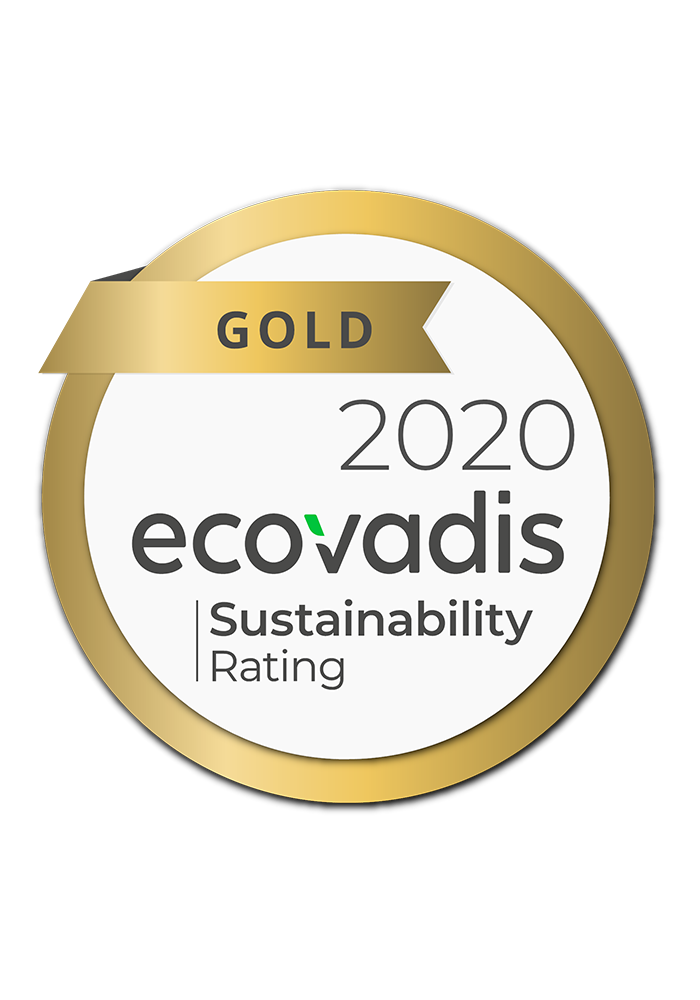
Our skin is the first line of defense against attacks to the body, whether mechanical such as bumps or cuts, environmental such as cold or low humidity, or against the attack by aggressive chemical or physical agents.
Like all organs, skin ages, which impairs it’s function. Besides the natural or chronologic aging, the aging process can be accelerated by the action of external agents such as radiation. Among all the external agents responsible for the aging process, solar radiation, especially in the ultraviolet A and B regions, is certainly the most important and the most studied.
UVB radiation is absorbed mainly in the epidermis and predominantly affects the keratinocytes by stimulating the production of reactive oxygen species (also known as ROS) in this environment. On the other hand, UVA radiation penetrates deeper in the skin layers, affecting not only the keratinocytes of the epidermis but also the dermal fibroblasts, stimulating directly the production of ROS and promoting mutations that interfere with transcription of DNA.
When there is an excessive production of ROS induced by solar radiation, the imbalance between ROS and the physiological antioxidants present in our body lead to a condition of oxidative stress that cause severe biochemical damage to the cells.
These reactive oxygen species activate complex signaling pathways , leading to the activation of special proteolytic enzymes called matrix metalloproteinases (MMPs) involved in the degradation of the proteins of the extracellular matrix.
Inall the steps involved in photoaging the ROS activate nuclear factor kb (NF-k b) and the protein activator -1 factor (AP-1). The NF- b stimulates the release of proinflammatory cytokines by keratinocytes, and AP-1 stimulates the activation of MMPs – the proteolytic anzymes responsible for the degradation of collagen and elastin fibers of the skin. In addition, ROS inhibit the activation of transforming growth factor receptors (TGF- b) responsible for stimulating the production of extracellular matrix components by fibroblasts.
The combination of the activation of enzymes responsible for the destruction of collagen and elastin fibers with the inhibition of the synthesis of new fibers causes progressive changes in tissue structure and loss of skin tone, leading to the progressive deepening of wrinkles.
Agents capable of preventing the formation of ROS are therefore considered to be important allies in preventing against skin aging caused by solar radiation.
DERMAFENSE TGU is an active ingredient developed by Assessa that combines some of the most potent antioxidants found in the plant kingdom, such as flavonoids, low molecular weight phenols such as chlorogenic, caffeic and ferulic acids besides hydrolysable tannins, carotenoids and anthocyanins, providing an antioxidant action of broad spectrum that works across all the oxidative cascade in cell metabolism.
DERMAFENSE TGU reduces the ROS induced by H2O2 present in fibroblast cultures by 100% and is also able to capture or remove 7.5% of basal ROS in cells.
DERMAFENSE TGU reduces lipid peroxidation induced by H2O2 present in fibroblast cultures by 100%, and is also able to reduce the basal concentration of peroxidized lipids by 26.5%.
DERMAFENSE TGU preserves the antioxidant capacity of cells and cell viability of human fibroblast in a situation of oxidative stress.


